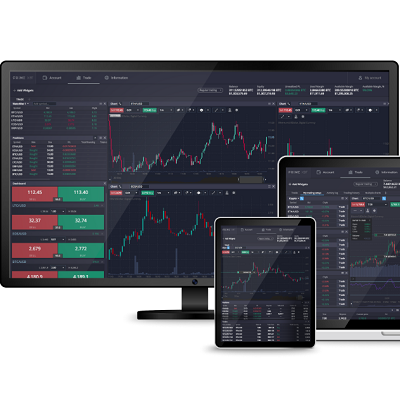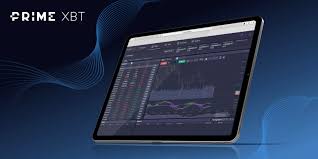Limit vs Market Order Fees Understanding the Differences

Limit vs Market Order Fees: Understanding the Differences
In the world of trading, understanding the nuances between different order types is crucial for optimizing your trading strategy and minimizing costs. Two primary order types are limit orders and market orders, each with its own set of fees and implications. In this article, we delve into the details of limit vs market order fees primexbt PrimeXBT change leverage to understand how to leverage the differences between these two types of orders to your advantage.
What are Limit Orders?
Limit orders are instructions to buy or sell a security at a specific price or better. For instance, if an investor sets a limit order to buy a stock at $50, the order will only be executed if the stock price drops to $50 or lower. This type of order gives traders more control over the price at which they execute a trade.
What are Market Orders?
Market orders, on the other hand, are orders to buy or sell a security immediately at the best available current price. The major advantage is speed; a market order is executed almost instantly, making it preferable for traders who prioritize execution speed over price. However, this speed can come at a cost, especially in volatile markets.
Understanding Fees: Limit Orders vs Market Orders
When it comes to trading fees, the costs associated with limit and market orders can vary significantly based on a trader’s strategy and the trading platform. Here’s a breakdown of how fees typically work for each order type:

Limit Order Fees
Limit orders are generally associated with lower fees because they add liquidity to the market. When you place a limit order, you are providing a price at which you’re willing to buy or sell, which makes your order available for others to match. Many exchanges incentivize limit orders with reduced fees or rebates because they help maintain a more orderly market.
Market Order Fees
Market orders, conversely, usually incur higher fees. This is because they remove liquidity from the market. Since market orders are executed at the best available price, they can result in slippage, especially during times of high volatility, leading to larger costs for the trader. Consequently, many trading platforms impose higher fees on market orders to account for the reduced liquidity they create.
When to Use Limit Orders
Traders often prefer limit orders when they want to establish a position at a particular price or avoid excessive costs associated with market orders. Limit orders are particularly beneficial in markets with lower volatility, where prices fluctuate within a narrow range. Furthermore, if a trader has a specific target price in mind, a limit order will ensure they do not overpay or undersell their assets.
When to Use Market Orders
Market orders are ideal for traders looking to enter or exit positions quickly, especially in high-volatility environments. For instance, during earnings announcements or significant news events, prices can change rapidly, making it essential for traders to act swiftly. In such cases, a market order may be necessary to capture movement as it happens, despite the higher fees.

Strategies for Minimizing Order Fees
While understanding the mechanics of limit and market orders is vital, traders should also explore strategies to minimize overall trading fees:
- Use Limit Orders whenever possible: This can help you avoid the higher fees associated with market orders.
- Be mindful of market conditions: In a stable market, limit orders can save you fees, while in volatile situations, market orders may be warranted.
- Choose the right trading platform: Different exchanges offer various fee structures. Look for a platform that aligns with your trading style.
- Consider order book depth: Understanding the order book can help you gauge whether you’re more likely to benefit from a market or limit order.
Conclusion
Both limit and market orders play significant roles in trading strategies, and their associated fees can greatly impact a trader’s overall profitability. By understanding the differences between these order types and strategically applying them, traders can optimize their costs and enhance their trading performance. Whether navigating the fast-paced world of day trading or analyzing long-term investment strategies, knowing when to use each order type and being aware of the fee implications can make a meaningful difference in a trader’s success.
Ultimately, the choice between limit and market orders should align with a trader’s objectives, risk tolerance, and market conditions. By carefully considering these factors, traders can effectively manage their expenses and improve their overall trading efficiency.
